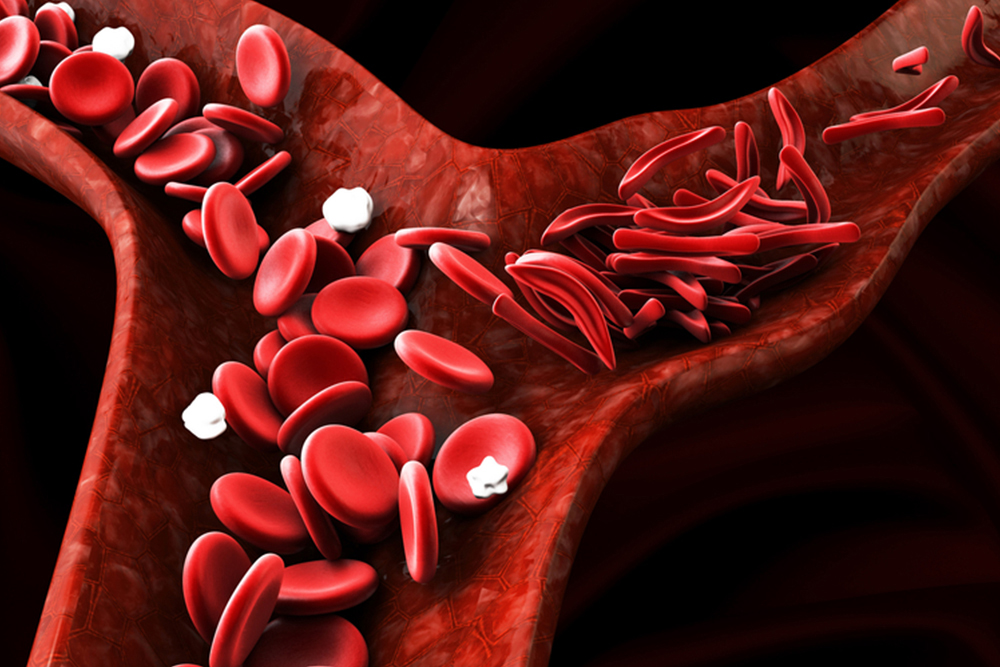Diet Rich in Heme and Non-Heme Iron Enhances Treatment for Iron Deficiency Anemia

Incorporating specific foods into the diets of people with iron deficiency anemia can help increase red blood cell counts and hemoglobin levels. Foods rich in heme iron, such as meat, poultry, and fish, are highly effective as they are well absorbed by the body. Additionally, plant-based sources of non-heme iron, including dark green leafy vegetables, nuts, and legumes, also play a crucial role despite being less efficiently absorbed.
Review Reveals Ferric Maltol as Promising IDA Treatment for IBD and CKD Patients

A comprehensive review of the pharmacology, efficacy, and safety of ferric maltol (FM), an oral iron formulation, highlights its utility in treating iron deficiency anemia (IDA). Utilizing various sources like MEDLINE/PubMed, EMBASE, and other clinical data, this review focuses on English language literature assessing FM in IDA treatment, especially in patients with inflammatory bowel disease (IBD) and chronic kidney disease (CKD). FM stands out for its improved tolerability compared to other iron formulations, with phase 3 trials indicating significant benefits in anemia management and serum iron parameters.
Ferric Maltol in IBD Anemia Trial: Effective but Not Equivalent to IV Treatment

In a phase 3b trial comparing treatments for iron-deficiency anemia in inflammatory bowel disease, ferric maltol demonstrated clinical effectiveness but fell short of showing noninferiority to intravenous ferric carboxymaltose at week 12. Patients were randomized to receive either oral ferric maltol or intravenous ferric carboxymaltose, with the primary goal being to assess hemoglobin response rates. While ferric maltol showed significant hemoglobin increases, its responder rate was lower compared to ferric carboxymaltose (67% vs. 84% in intent-to-treat analysis).
Ferric Maltol Shows Promise in AEGIS-CKD Trial for CKD-Related Anemia

The AEGIS-CKD Phase 3 trial evaluated the effects of oral iron replacement therapy with ferric maltol in adults with stage 3 or 4 chronic kidney disease (CKD) and iron-deficiency anemia. The randomized, placebo-controlled trial, followed by an open-label extension at 30 US centers, involved administering ferric maltol or placebo for 16 weeks, then switching all patients to ferric maltol for up to 36 additional weeks. The primary outcome was the change in hemoglobin levels at week 16, along with ferritin, transferrin saturation, and serum iron measurements.
Understanding Anemia: Symptoms, Causes, and Importance of Timely Intervention

Anemia, characterized by a deficiency of healthy red blood cells or hemoglobin, can lead to fatigue, weakness, and shortness of breath due to insufficient oxygen delivery to tissues. Its various forms stem from diverse causes, spanning from short-term to chronic, mild to severe. Often serving as a harbinger of underlying health issues, anemia necessitates prompt attention and treatment, which may involve supplements, medical procedures, or dietary adjustments.
Anemia: Filling the Data Gaps to Better Help Children and Women

A study looked at anemia as a major public health concern, especially affecting young children, menstruating adolescent girls and women, and pregnant women, as well as related data needs. The most common underlying physiological mechanisms of anemia, researchers noted, are ineffective erythropoiesis (ie, inadequate production of erythrocytes), hemolysis (ie, erythrocytes are destroyed), and blood loss. Iron deficiency is the most common cause of anemia globally.
Comprehensive Tool for Clinicians Spotlights Iron Deficiency in Global Anemia Cases

StatPearls has developed a comprehensive clinical decision support tool over the last decade, offering the largest and most updated point-of-care resource available. This tool also provides an opportunity for healthcare professionals to earn CME/CE credits by searching and reading articles. A recent article looked at anemia, a common medical condition defined as having a hemoglobin level below two standard deviations of the mean for a patient’s age and gender.
Iron Deficiency Anemia – StatPearls

A recent study analyzed the diagnosis and treatment of iron deficiency anemia. Diagnosis involves lab tests showing altered hemoglobin and iron levels. Treatment includes correcting the root cause and iron supplementation, vital for at-risk groups like women, blood donors, adolescents, and vegetarians. The study concludes that a comprehensive healthcare team approach is essential for management, with ongoing research needed to evaluate the long-term effectiveness of iron therapy in diverse ethnic groups.
Record Low Hemoglobin: A Case Report

A recent report analyzed the case of a 42-year-old Hispanic woman with severe iron deficiency anemia presented with fatigue and dizziness. She underwent successful treatment with blood transfusions and intravenous iron, leading to symptom resolution and return to normal activity. This case is notable for the lowest recorded hemoglobin level in a stable patient without the need for cardiac or supplemental oxygen support.
Iron Deficiency: Limitations of Nutritional Mitigation Strategies

A recent review discussed various iron deficiency anemia (IDA) mitigation programs in India, their limitations, and the need for a multifactorial approach to effectively address and alleviate IDA both in India and globally. The review also highlights emerging risk factors contributing to IDA, including dietary habits, infections, genetics, inflammatory and metabolic diseases, gut microbiome imbalances, and socio-economic factors.

